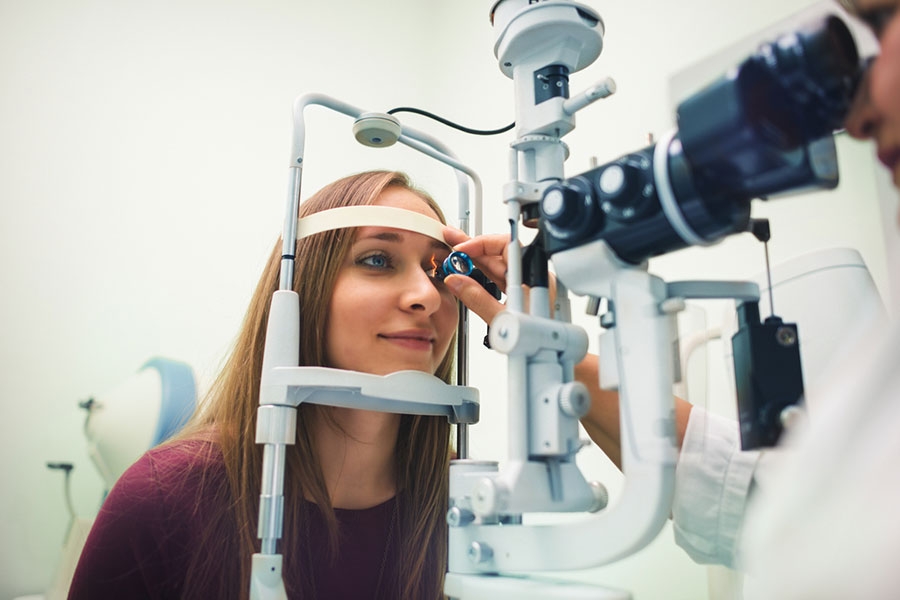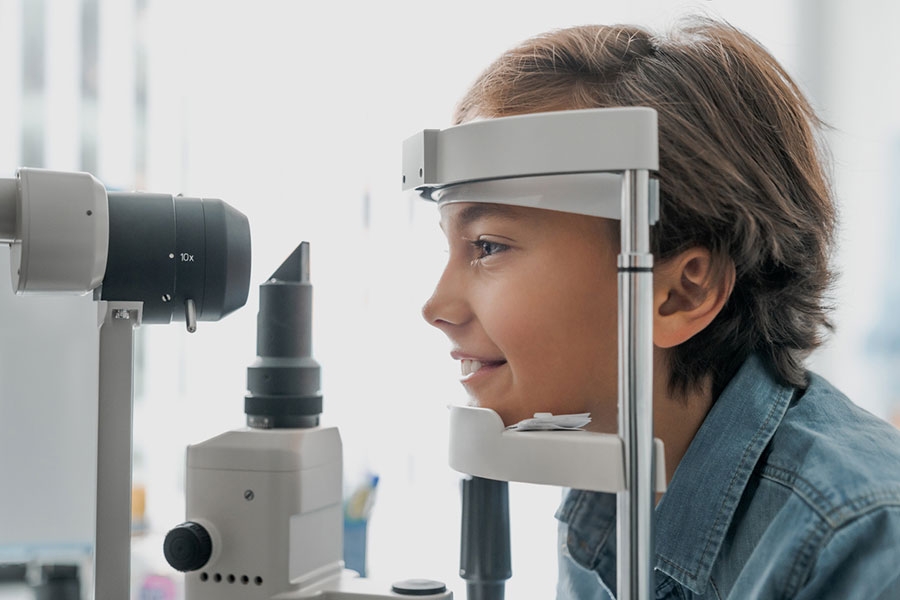Diseases
The Eye & The Retina
The eye is one of the most sophisticated organs in the body. Not only is the eye socket one of the most sophisticated joints allowing a complete range of eye movement, the eye itself is the most complex structure in the body. As a result, ophthalmology has been subdivided into many subspecialties such as cornea, glaucoma, retina, and neuro-ophthalmology to name a few.
The eye is an extremely advanced camera imaging system. It comprises of two lenses (the cornea and your crystalline lens) that focus the image in front of you onto the retina, the neural tissue that acts like the film to capture that image. While the cornea and crystalline lens can be replaced through a corneal transplant or cataract surgery, the retina since it is neural (brain) tissue cannot be replaced and does not have the ability to regenerate. The retina comprises of a delicate vascular blood supply, photoreceptors, and a complex neural processing system that forms a cable of approximately 1.5 million connections (known as the optic nerve) to send visual information to the brain. It has the consistency of wet tissue paper and is approximately 225 microns thick. The retina is also the most metabolically active tissue in the body and rests on a highly vascular blood supply system known as the choroid to provide nutrition as well as a monolayer of cells known as the retinal pigment epithelium which processes the metabolic waste products generated from the high metabolic activity in addition to many other functions it serves.
The center of the retina is called the macula and it is the area of the retina that has the highest density and variety of photoreceptors. This concentrated area of unique photoreceptors allows us the ability to see the finest detail and color and is the area of the retina that allows us to read, drive, recognize faces, and do most of our daily activities. Diseases such as diabetic macular edema or age related macular degeneration affects this part of the eye.
The brain then processes the visual information from both eyes and combines the image into one image. If one eye may become unhealthy and loses vision, a patient may sometimes be unaware of the vision loss because the brain fills in the lost information from the healthy other eye. In order to detect this unilateral loss of vision, you must test each eye separately by covering one eye.
Our vitreoretinal specialists at Retina & Vitreous of Texas have gone through vigorous training through a focused surgical fellowship and are board-certified. Our physicians all have many years of experience that have made them extremely proficient in their field.










